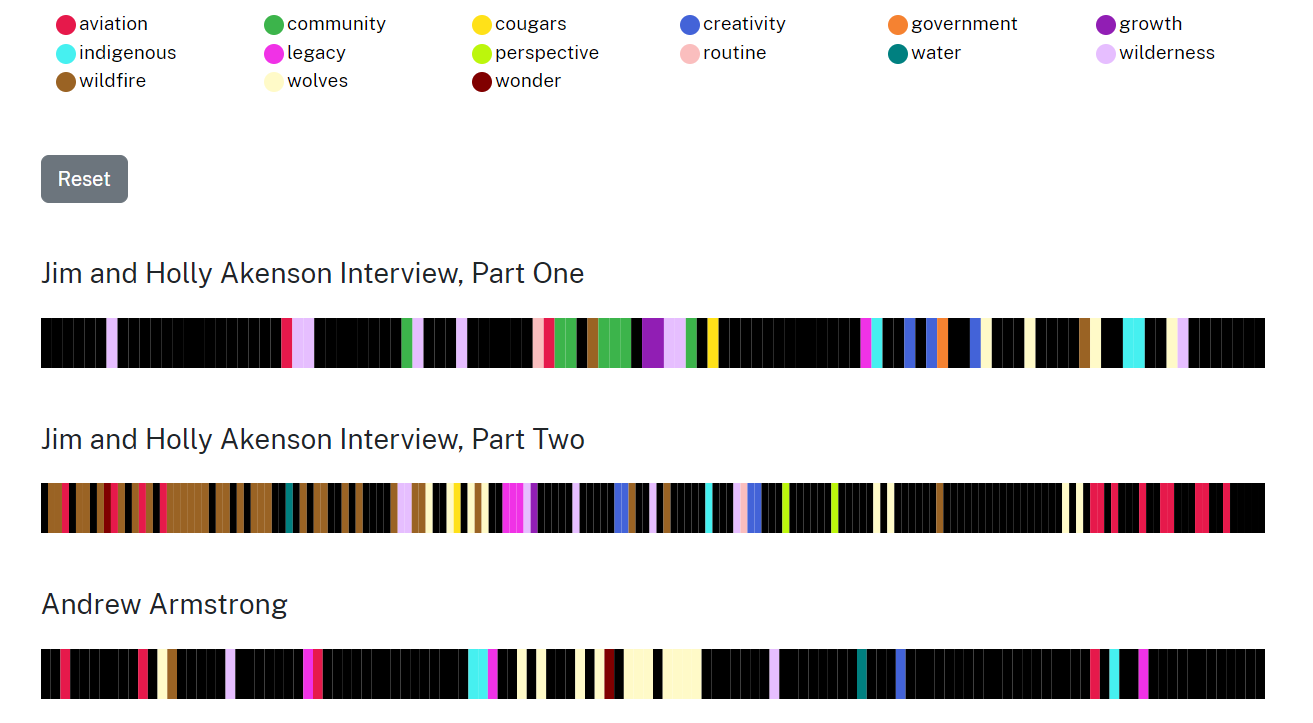Strategies
We copy edit transcriptions to identify errors, which occur most frequently in the speaking of proper names of people and locations as well as when speakers trip over or mumble their words.

- If you ever find that you can’t figure out what someone is saying after a couple of listens, simply mark that section with the parentheses around the word
(unintelligible). - Similarly, if there is an unknown speaker, change the speaker column to
Unknown Speaker.
Sensitive Content
If you are working with an oral history that contains content that some may find offensive, let us know so we can have a conversation about possibly flagging this material but please do not make changes to the transcript language.
